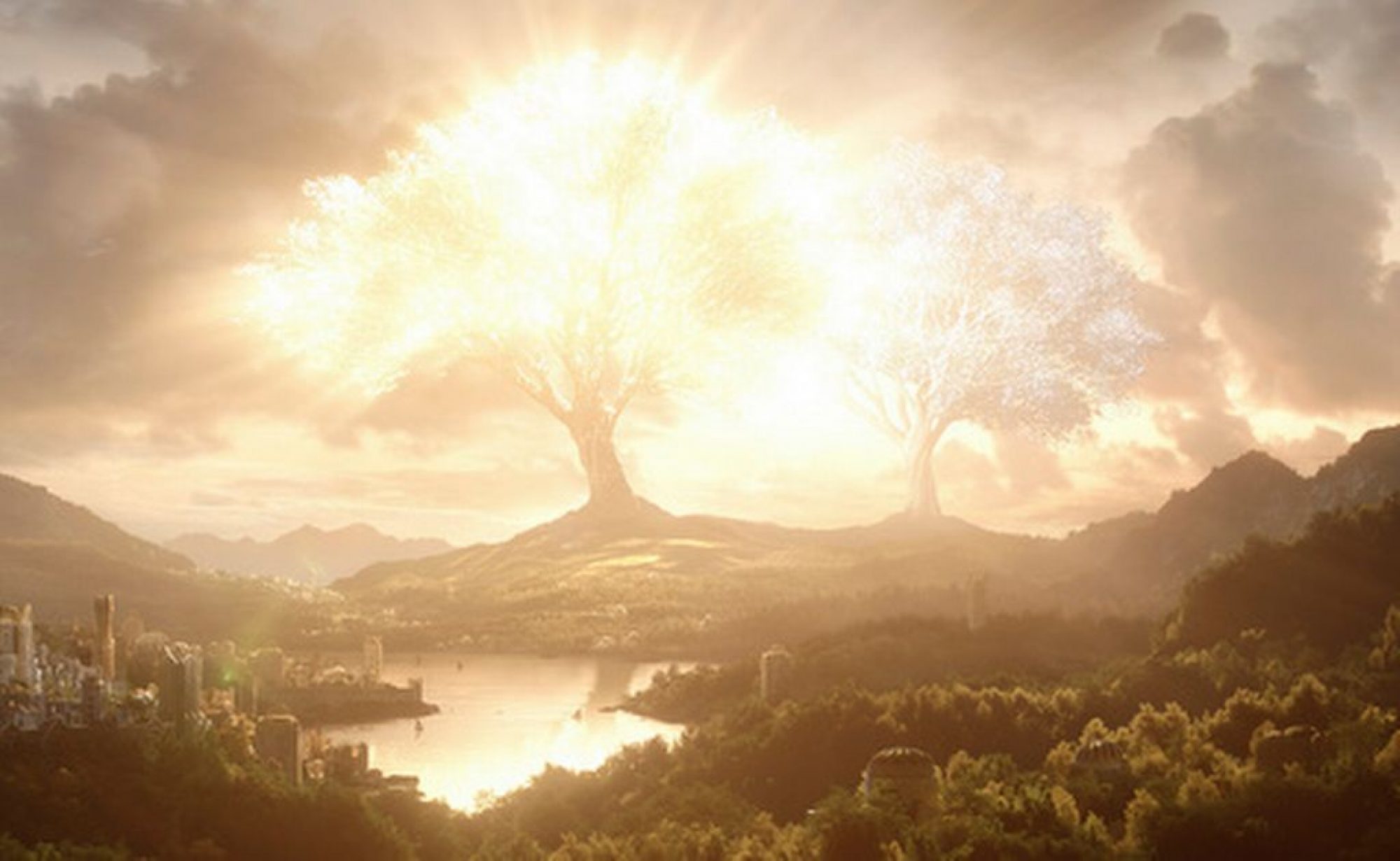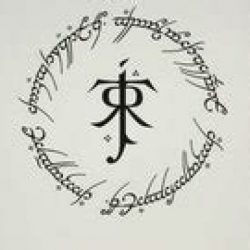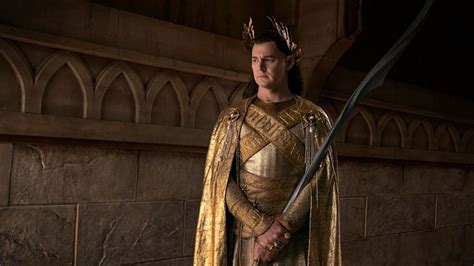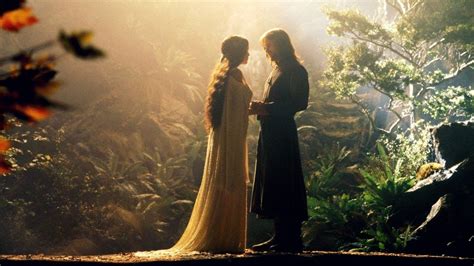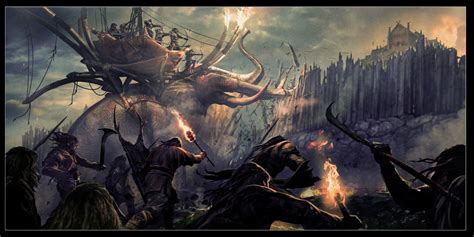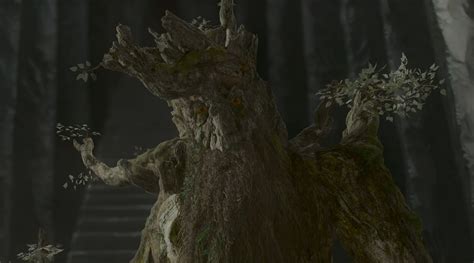Many people have Gil-galad in their headcanon as an impressive guy: a kind ruler, friendly to all of his subjects, always warm and welcoming to his allies, but a spear-wielding murderer to his foes. Of course, when Benjamin Walker portrayed him, people were stunned at how this did not live up to their expectations.
In all of the canon legendarium (what I like to call the ‘Big Three’: The Silmarillion, Lord of the Rings, and the Hobbit), the name Gil-galad is mentioned approximately 70 times, (at least in the editions that I have), index entries included. To contrast, the name of Gandalf is mentioned 1370 times in these very same books. One may argue that Gil-galad appears more in the less canonical works: In LotR, The Silmarillion, Unfinished Tales, Morgoth’s Ring, The Nature of Middle-Earth, The Children of Hurin, The Hobbit, and the Letters of J.R.R. Tolkien, , Gil-galad has 169 mentions. Gandalf, to continue my previous example, scores over 5 times this in LotR alone, with 1180 mentions, and over 10 times in total, with 1712 mentions.
My point is, people like Ian Mckellen have a much easier job acting for characters like Gandalf, because he is a very fleshed out character of whom we know much more. Gil-galad is merely a character in the histories of Middle-Earth, with nothing on his personality or ruling style at all. We think we know Gil-galad, but that is all in our headcanon. Benjamin Walker’s portrayal is no less canon than our beliefs.
Now, I’m not saying I necessarily like Walker’s portrayal. Gil-galad is called a wise king, and his land was ‘the last whose realm was fair and free between the mountains and the sea.’ I don’t think that he would be so easily fooled by the sick tree, as even Annatar did not fool him. But, like most of my complaints about the show, I think that falls more to the writers than to the actor.
